
In 1944, the Imperial Army of Japan launched an offensive in Imphal, the capital of the Manipur State in Northeast India, intending to attack the British forces stationed there as a key base for the Allies to transport supplies to China.
Tens of thousands of Japanese, British, and Indian soldiers died in combat.
The Battle of Imphal is known in Japan as World War II's fiercest and most reckless battle. In India, however, many people do not know much about it – even the fact that local residents were involved and some were killed in bombings.

Preserving relics
Rajeshwar Yumnam wants to carry on the history of the Battle of Imphal. Born and raised in the city, the 45-year-old says he hardly learned anything about the battle at school. While employed as an office worker in the region, he met villagers who were keeping weapons and other items from the fierce battle, which alarmed him.
Knowing that almost no records of the Battle of Imphal had been compiled by the government and residents, he and his colleagues began visiting the battlefields to dig up and preserve the remaining relics.

NHK accompanied Rajeshwar on one such trip to a site about an hour’s drive from downtown Imphal, followed by a 40-minute climb up a mountain road.
Rajeshwar and his team rely on decades-old maps to identify the location and use metal detectors to look for traces. Finding a hole in the ground that they thought soldiers might have dug to hide something, they pushed the earth little by little with a shovel.

After a while, a small greenish tube became visible. Rajeshwar identified it as an ammunition part. Over three hours of work, they found about 20 items, including cartridges and weapon fragments.
Rajeshwar said that preserving relics from the battlefields will give future generations a solid record of what happened at that time.
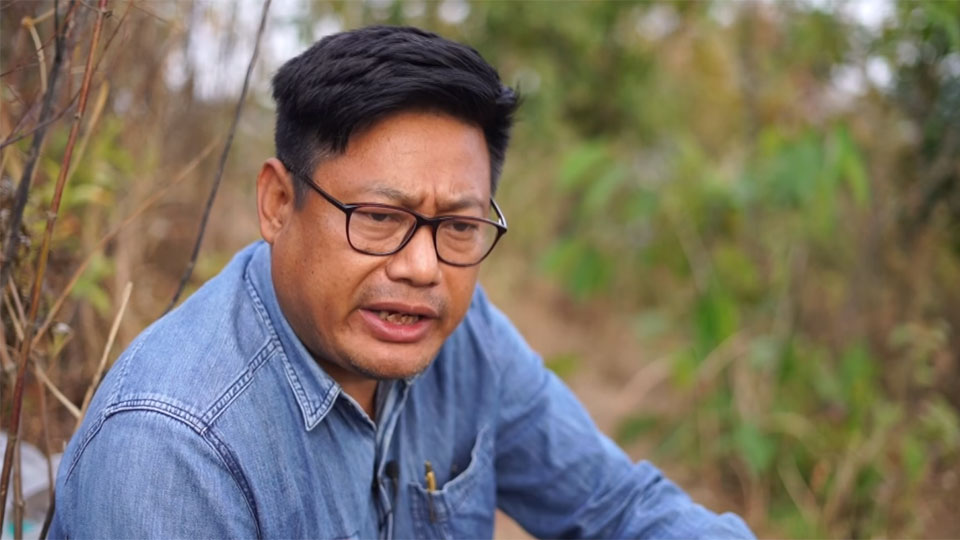
"The fact that so many canisters were found indicates that fierce fighting occurred here," he said.
Rajeshwar then offered a moment of silence to the soldiers who lost their lives.
This year, Rajeshwar also started activities to convey the dangers posed by unexploded ordnance remaining from the war. He was motivated by the death of two men.
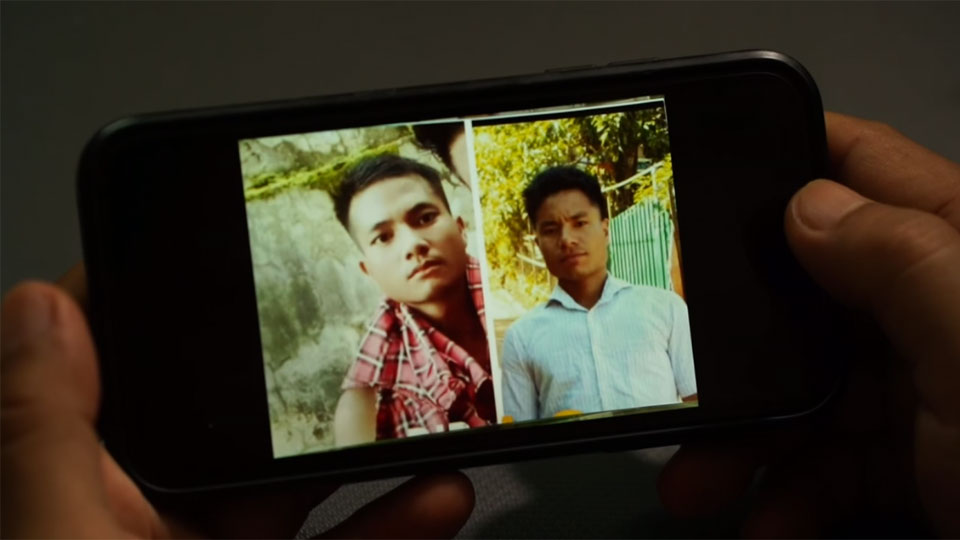
Brothers in their 20s, who Rajeshwar met two years ago while collecting battle relics, were killed when an unexploded shell detonated.
Rajeshwar realized he had to inform people that the area had been a battlefield and that unexploded ordnance was a risk. He made posters with pictures and started visiting the surrounding villages to raise awareness.
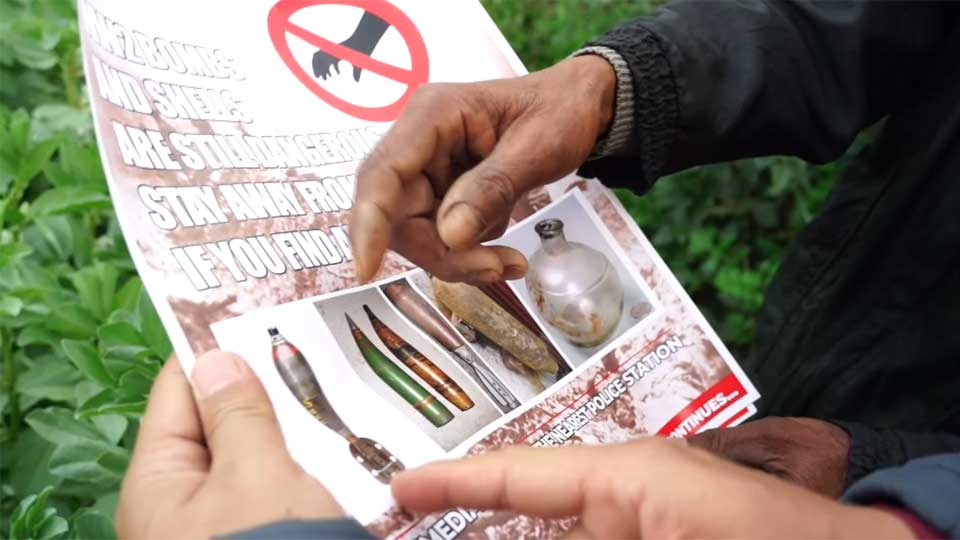
Rajeshwar hopes the "DO NOT TOUCH" initiative will save many lives.
Memories of residents conveyed through lens
Meena Longjam was also born and raised in Imphal and teaches at a local university. The 39-year-old has been making documentary films at her own expense for the past ten years.
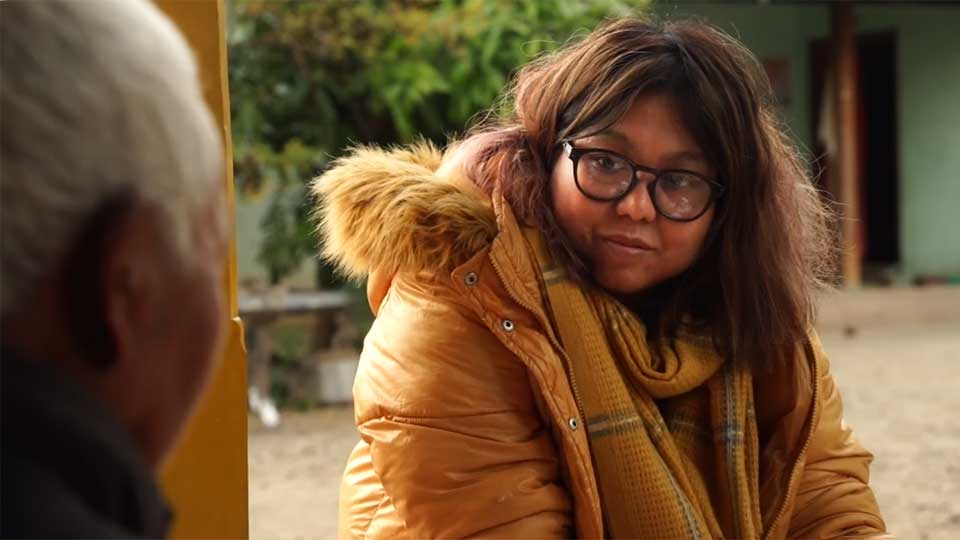
She is working on a movie about the Battle of Imphal with the voices of people who lived through that time.
Longjam chose the film’s theme after the death of her grandmother, who used to tell her about the war.
Longjam visited Hiroshima four years ago to learn about the history of the war in Japan. The trip made her realize that citizens of Japan were involved in the war, just as they had been in Imphal. Meena looked forward to discussing her experience in Hiroshima with her grandmother, but she had no chance to do so before her grandmother fell ill and died at 91.
Although she could never hear about her grandmother’s experiences again, she keenly realized how little time was left to hear directly from people who had lived during the war.
"Though my grandmother's death was very sad, it made me realize that the number of people who experienced it is decreasing due to aging. Now is the time for the younger generation to gather as many testimonies as possible," she said.
NHK accompanied Longjam to film a 93-year-old man’s testimony. He was 12 years old at the time of the battle.

"There was a terrible firefight, and the British soldiers were trying with all their might to stop the advance of the Japanese soldiers. The Japanese soldiers who came to the village had almost nothing to eat," the man recalled.
Longjam took notes and videotaped his testimony for two hours.
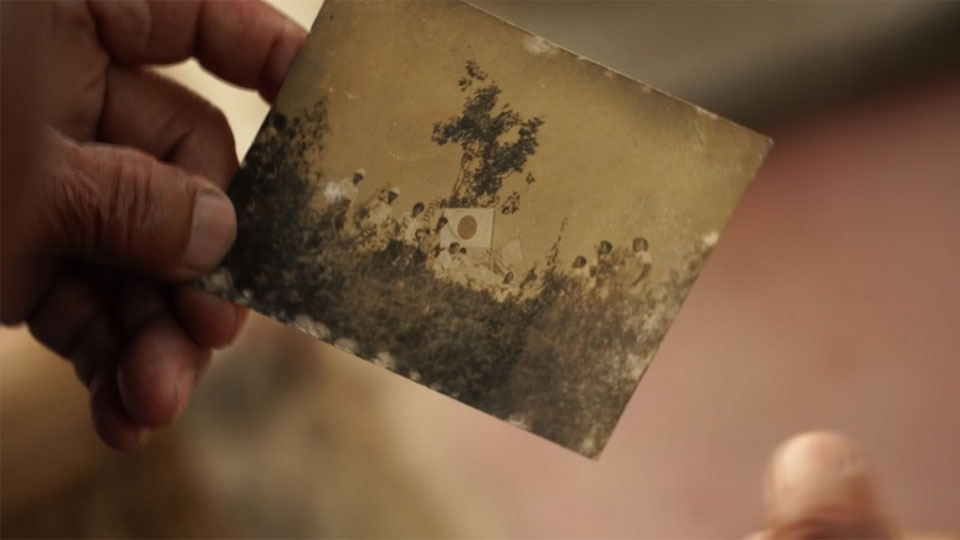
Longjam next visited a 97-year-old man who fought against the Imperial Japanese Army as a soldier on the British side. Because of his age and difficulty hearing, his son repeated her questions aloud.
The man frowned and did his best to answer in a thin voice, "I forgot everything..."

Longjam told him, "It doesn't matter how small it is. Please tell me a story."
The ex-soldier said, "We had only 200 bullets and a bottle of water...and we drank water and fought, we couldn't find Japanese people, and we didn't know who died..."
He concluded, "What's the point of killing each other?...It's completely pointless."
Longjam said she regrets she did not start her project earlier to hear more from people, but she is confident that she can still record and preserve precious voices from the time of the battle. She hopes to continue to document their testimonies and complete the film.
"Our generation must pass on these testimonies for future peace," she said.
Overseas influence inspires local interest in younger generations
An expert said overseas influence has helped inspire the movement in India to tell the story of the war nearly 80 years ago.
Visiting Associate Professor Ryohei Kasai of Gifu Women's University, who is familiar with the local situation, said contact with foreigners made local people aware that a historical war had taken place in their land. The spread of smartphones and the internet inspired locals to think about their own place in history.
Lasting symbol of peace and reconciliation
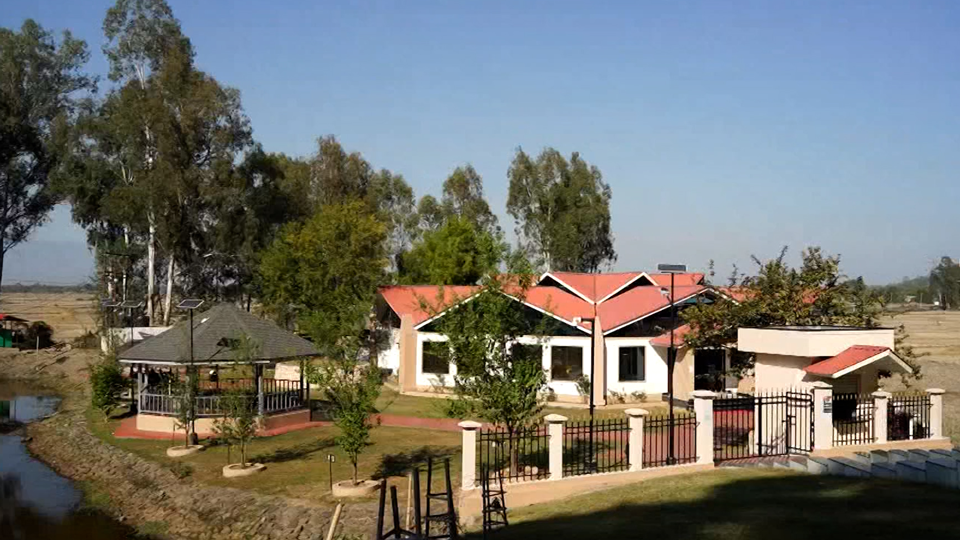
The Imphal Peace Museum was built in 2019 with support from a Japanese foundation. It stands at the foot of what is called "Red Hill," which was once the site of fierce fighting in which many Japanese soldiers died.
Local volunteers helped drive the efforts to establish the facility, which aimed to highlight the perspective of residents involved in the war.
In addition to military relics, exhibits include testimonies and plates engraved with the names of local people who died in the fighting.
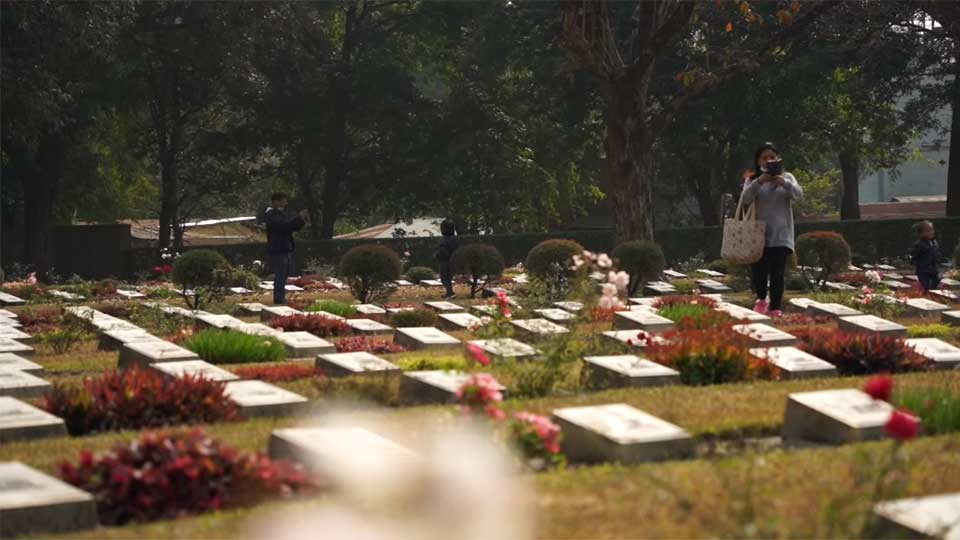
As the last survivors from that time are passing away, the museum preserves the history of the war for future generations, in the hope they will make continuous efforts to protect peace.


